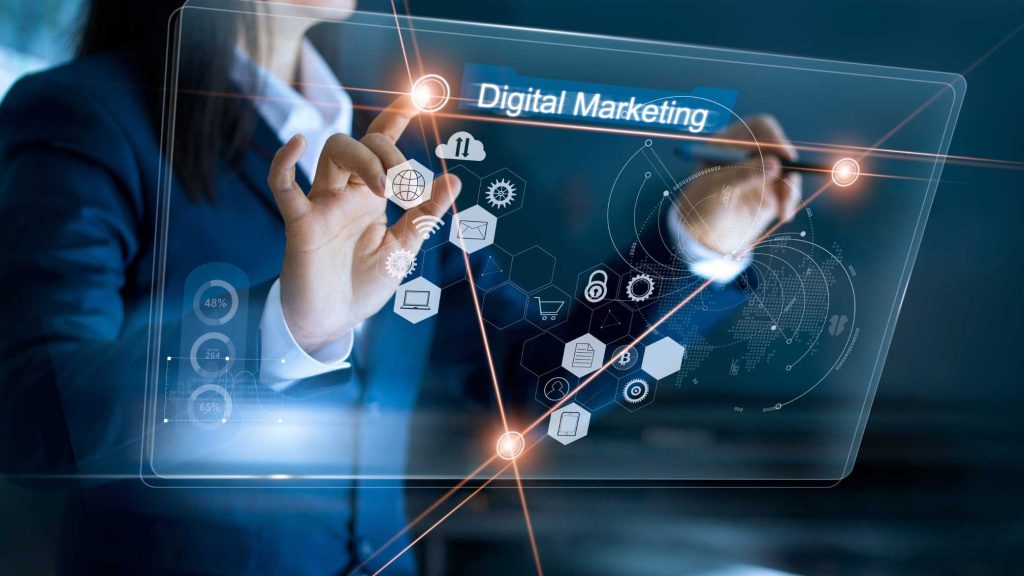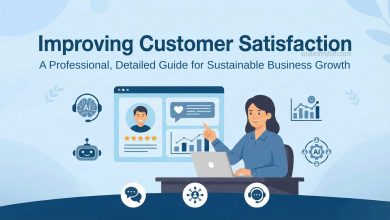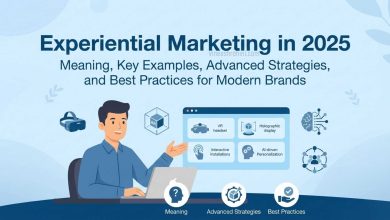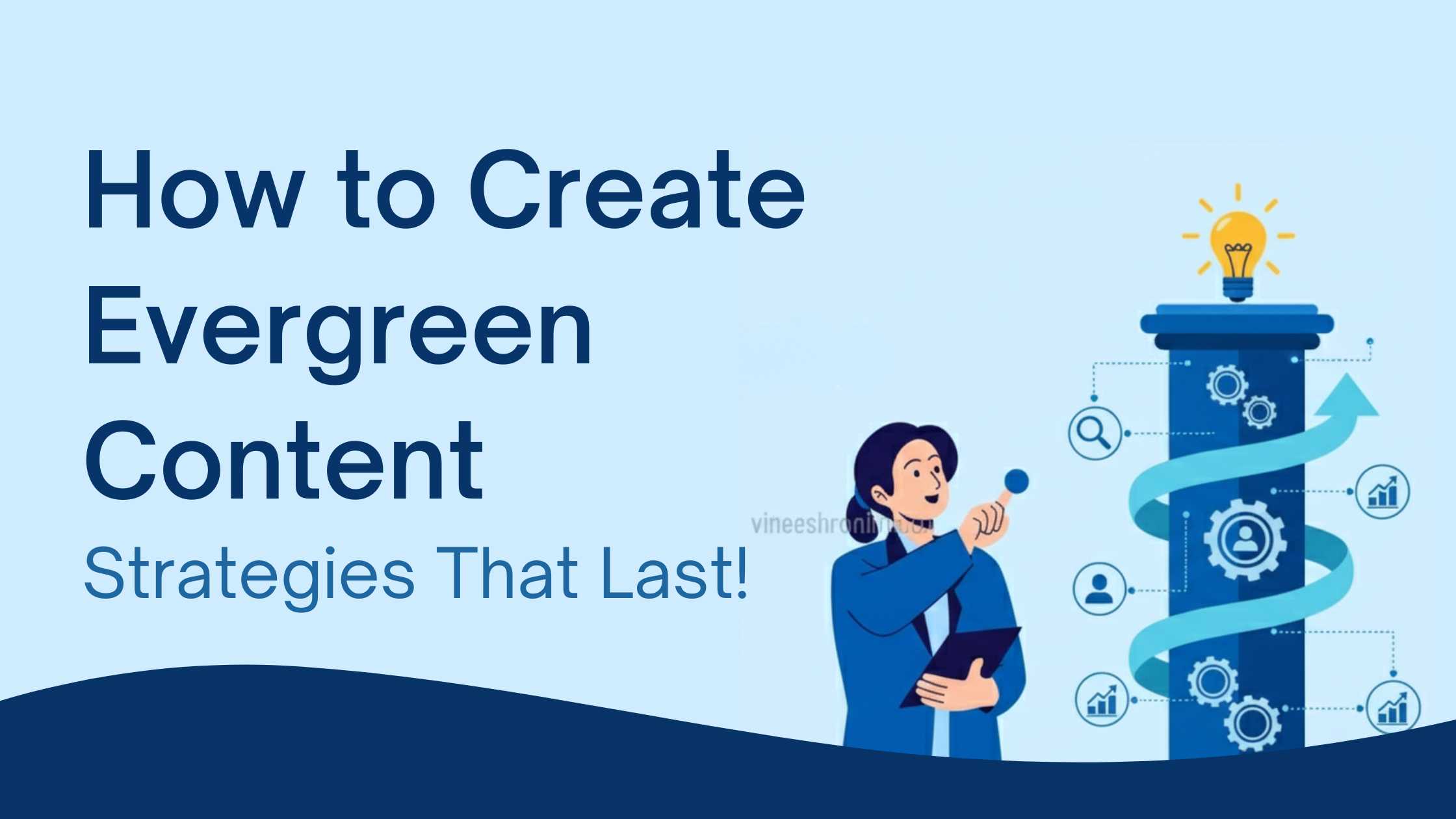What is PLC (Product Life Cycle) in Digital Marketing : A Comprehensive 2025
What is PLC: In the ever-evolving digital marketing landscape, understanding the Product Life Cycle (PLC) is crucial for businesses aiming to maximize their marketing efforts and sales potential. The PLC represents the journey of a product from its introduction to its decline, impacting marketing strategies at each stage. By aligning digital marketing efforts with the PLC, businesses can optimize brand awareness, engagement, and conversions. This blog explores the different stages of PLC in digital marketing and how businesses can leverage each phase to drive growth.
Table of Contents
What is Product Life Cycle (PLC)?

The Product Life Cycle (PLC) is a strategic framework that describes the stages a product goes through from its launch to its eventual withdrawal from the market. It consists of four main stages:
- Introduction Stage – The product is launched into the market.
- Growth Stage – Demand increases, and the product gains traction.
- Maturity Stage – Sales stabilize, and competition intensifies.
- Decline Stage – Demand decreases, and businesses must decide on the next steps.
Also Read: Best AI SEO Tools for Optimizing Your Website in 2025
Each stage requires a tailored digital marketing strategy to ensure the product remains relevant and profitable.
The Four Stages of PLC in Digital Marketing

1. Introduction Stage: Creating Awareness and Demand
At this stage, the product is new, and awareness is low. Digital marketing efforts should focus on brand positioning and customer education.
Key Digital Marketing Strategies:
- SEO & Content Marketing: Writing blog posts, guides, and landing pages optimized for informational keywords to educate potential customers.
- Social Media Marketing: Running brand awareness campaigns on social media platforms.
- Paid Advertising: Google Ads and social media ads targeting early adopters.
- Influencer Marketing: Partnering with industry influencers to promote the product.
- Email Marketing: Building an email list through lead magnets and nurturing campaigns.
Example:
A new AI-powered chatbot software might create blog content on “How AI Chatbots Improve Customer Support” and run paid ads targeting business owners.
2. Growth Stage: Scaling Sales and Market Reach
Once a product gains initial traction, the focus shifts to customer acquisition, market expansion, and increasing demand.
Key Digital Marketing Strategies:
- SEO Optimization: Targeting commercial intent keywords such as “Best AI Chatbots for Businesses.”
- Retargeting Ads: Using FB Pixel and Google Remarketing to convert website visitors into buyers.
- Video Marketing: Creating tutorials and customer testimonials on YouTube.
- Referral Marketing: Encouraging existing customers to refer new users through discounts or incentives.
- Performance Marketing: Optimizing pay-per-click (PPC) campaigns to increase conversion rates.
Example:
A fitness app in its growth stage could use Google Search Ads targeting “Best Home Workout App” while leveraging social proof through user-generated content.
3. Maturity Stage: Maintaining Market Position
Buy Now : Social Media Marketing Guide eBook
The maturity stage is where the product reaches peak sales but faces intense competition. Businesses must focus on customer retention and differentiation.
Key Digital Marketing Strategies:
- Brand Loyalty Programs: Rewarding repeat customers with exclusive discounts and perks.
- Content Repurposing: Updating existing content for sustained SEO rankings.
- Community Engagement: Hosting webinars, Q&A sessions, and user forums.
- Advanced Email Marketing: Sending personalized offers based on customer purchase history.
- Conversion Rate Optimization (CRO): A/B testing landing pages and checkout processes.
Example:
A SaaS company at the maturity stage might offer exclusive webinars and enhance its onboarding experience to reduce churn.
4. Decline Stage: Revitalizing or Phasing Out
As demand declines, businesses must decide whether to rebrand, innovate, or phase out the product.
Key Digital Marketing Strategies:
- Clearance Sales & Promotions: Offering discounts to move inventory.
- Repackaging or Rebranding: Updating the product’s messaging and branding.
- New Market Expansion: Targeting untapped demographics.
- Product Upgrades & Bundles: Enhancing features or bundling with other offerings.
Example:
A declining e-commerce product might use a flash sale strategy on platforms like Amazon and Shopify to clear stock.
The Role of AI & Automation in PLC-Based Marketing

AI-powered tools like ChatGPT, predictive analytics, and automation platforms are making PLC-based marketing more efficient. Businesses can leverage:
- AI-driven Chatbots: Providing 24/7 customer support during all PLC stages.
- Predictive Analytics: Analyzing customer behavior to forecast demand shifts.
- Marketing Automation: Personalizing content based on the user’s stage in the buying journey.
Conclusion
Understanding Product Life Cycle (PLC) in Digital Marketing enables businesses to tailor their strategies for maximum impact. Whether launching a new product, scaling sales, maintaining market position, or revitalizing a declining item, aligning digital marketing with PLC stages ensures sustained growth and profitability.
For businesses aiming to stay competitive, leveraging AI, SEO, content marketing, and automation is no longer an option—it’s a necessity.
Keywords : What is PLC, What is PLC in Digital Marketing, What is PLC in Digital Marketing 2025



